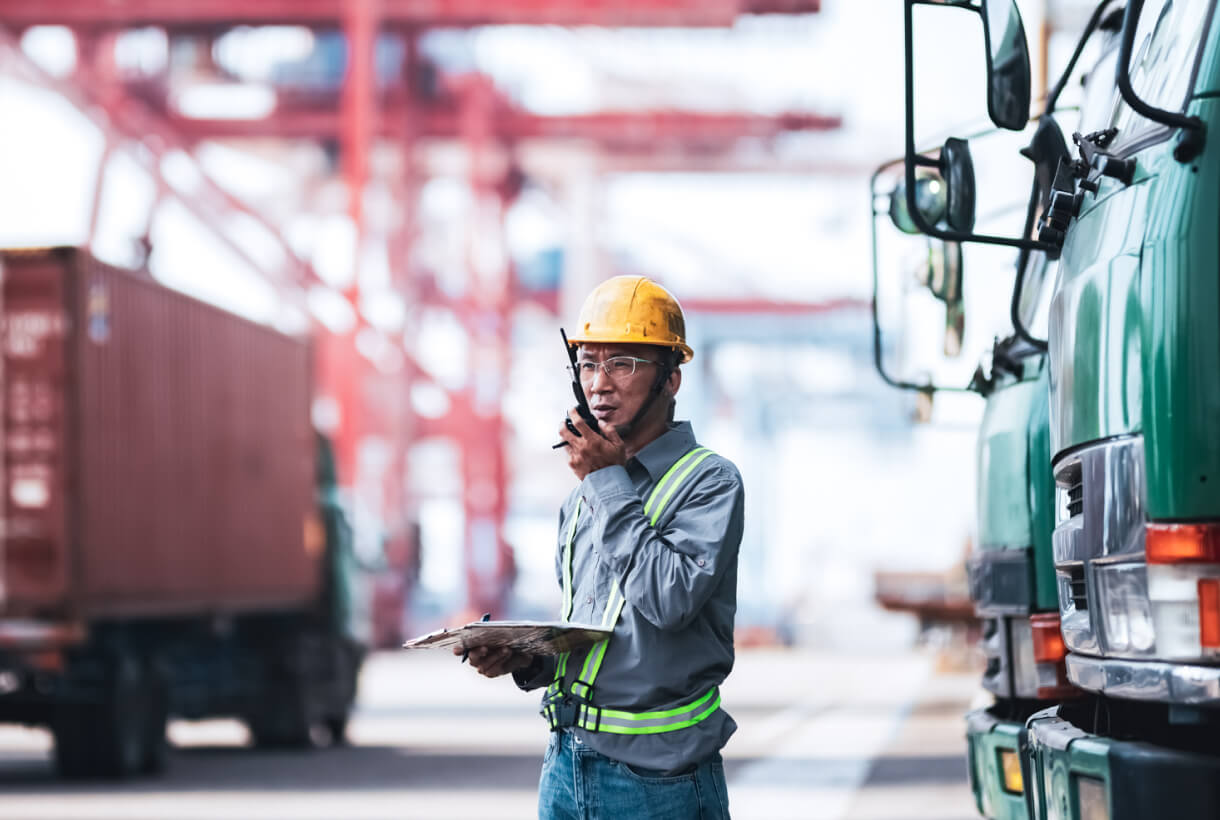The U.S. and the rest of the world will witness record-breaking weather this year. Domestically, this will be the hottest summer on record, and forecasters have also predicted extreme weather for regions like India, Pakistan, and Sri Lanka, among others.
These extreme temperatures, coupled with droughts, will create a flurry of sudden floods, wildfires, and hurricanes that can significantly disrupt an already fragile supply chain. Just this year, New Mexico had its largest wildfire in the state’s history. Disruptions like these will cause a rise in essential goods and materials costs, straining industries across the board.
As a result of climate change causing extreme weather events, we will also see an increase in blackouts and power grid failures. U.S. infrastructure can withstand small changes in temperature according to their region. However, with extreme events, as we saw in Texas in the winter of 2021 and the Pacific Northwest in the summer of 2021, our power grids are not resilient enough to face the unanticipated impact of climate change.
Ripple Effects Can Have Unexpected Consequences
Power outages have ripple effects that impact operations like an inability to maintain factory schedules and on-time deliveries, and even employees unable to make it to work. For example, when Hurricane Ida hit New Orleans, a major hotel chain was prepared for the direct impact on operations in Louisiana. However, the hotel management was not ready for the operational consequences that occurred from a flooding in New York City caused by the hurricane. These operational consequences have a significant impact on an already fragile hotel industry.
A new study by the Deloitte Center for Sustainable Progress predicts that the current path of climate change will cost the world $178 trillion in net present value during the 2021 to 2070 period. The study is a clear indicator that climate change directly affects economic growth. While the results show consequences in the long term, businesses will begin to feel the effects of this crisis in their international supply chains immediately.
The cost of producing, transporting, and delivering essential goods through international waters will increase as it becomes harder for countries to meet the U.S. demands. In addition, challenging weather conditions will impact delivery times, transportation routes, and onsite productions. After the pandemic, people's demands for the "Amazon" experience in the U.S. increased, putting even more pressure on delivery turnarounds. Companies must know when to react and activate backup plans for their supply chains to meet customer demands.
One of CEOs' biggest mistakes is focusing only on operational damages and not the physical threats to critical core assets that keep operations running like roads, ports, employees, fleets, and power grids. Instead, CEOs need to expand their understanding of risk to factor in the location, type and timing of a threat. Knowing how all these factors play into the supply chain and how they are interrupted by extreme weather will shorten a company's response time.
Big data and artificial intelligence (AI) technology cannot predict extreme weather, but it can provide a clear picture of critical events that are big and small, such as road closures, flooding, chemical spills, or fires, all of which have the potential to threaten a company's supply chain and logistics. AI can help a business identify unfolding severe weather disasters and how they impact routes or create landslides, and correlate them with the location of suppliers, warehouses, fleets, and ships, enabling teams to know when to activate backup plans or look for alternate sources or routes to ensure critical resources arrive on time. Long-term, AI helps determine if businesses should permanently change suppliers based on location and how often extreme weather events occur near them.
Proactive Steps Boost Preparedness
CEOs can practice preventative tabletop exercises to make sure their company is ready to mitigate the consequences of a threat, like a power outage, wildfire, or emergent severe weather. The best way to think about this is to start at the end of the supply chain and work your way back, including key people, locations, and assets involved in every step of the process. Include key team members from every company department to thoroughly think through all contingencies around severe weather and potential power grid failures and how these might impact operations.
For example, suppose the event disrupts production schedules in one location. In that case, leaders should be prepared with a list of alternate production locations to move operations and map out the locations of all suppliers to identify alternate options should those be impacted. In addition, strains on power grids cause energy costs to spike. This increase could affect the bottom line and increase suppliers' prices. Financial teams should have a clear picture of how these changes will impact revenue and develop solutions to ensure no loss incurred.
CEOs must assess the ripple effects of climate change on the supply chain. Too many companies have contingency plans in place but lack the right insight to know when to activate them, and by then it can be too late and they are forced to operate from a rear mirror view. Risk intelligence solutions can help supply chain teams prepare for the disruptions of climate change and manage weather incidents in real-time to meet customer demand, reduce losses, and speed up recovery.
For more insights on steps CEOs can take to prepare, check out our on-demand webinar featuring recommendations from an expert panel.
This article was originally published in Supply & Demand Chain Executive in August 2022.


